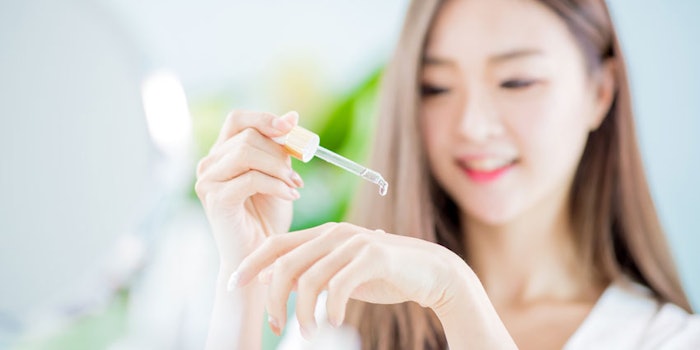
Hyaluronan (HA), also known as hyaluronic acid, is a high molecular weight carbohydrate polymer that is found in all tissues. However, more than 50% of all the HA in the body occurs in skin, where it is found in both the epidermis and the dermis. Special fixation techniques are necessary to measure epidermal HA, as it tends to leach out during ordinary histological procedures.1
HA levels are constant in skin throughout life, and while the HA in newborn skin is mostly soluble, this solubility decreases with age as the HA becomes more tissue/protein bound and less accessible for extraction.2 Free HA at the body’s pH is the most highly charged molecule in biology. Such HA surrounds itself with a large volume of water in an attempt to neutralize that charge. This space-filling property is the basis of the youthful appearance of skin provided by HA. The HA of infant skin is mostly “free HA,” while that in an elderly person is tissue- and protein-bound in a state that does not accrue solvent water. HA must be free to attract the voluminous solvent water, therefore increasing the volume of skin and decreasing the appearance of age. It appears unable to do so when it is tissue- and protein-associated.
HA is critically important to dermatologists and to cosmetic scientists, as it maintains the moisture in skin, and loss of accessible HA results in wrinkling and changes associated with aging. Replacement of such HA is the goal of many cosmetic and cosmeceutical techniques and reagents. A number of concepts have emerged since the last update of HA appeared in Cosmetics & Toiletries.3 New insights are appearing rapidly, and this column will summarize recent HA concepts.











